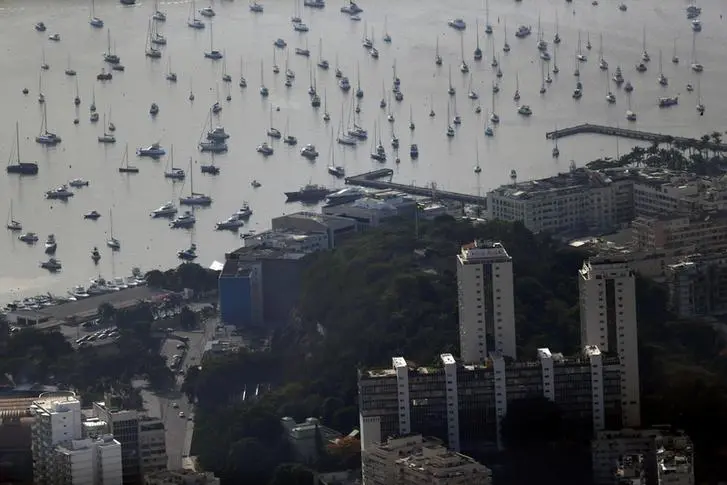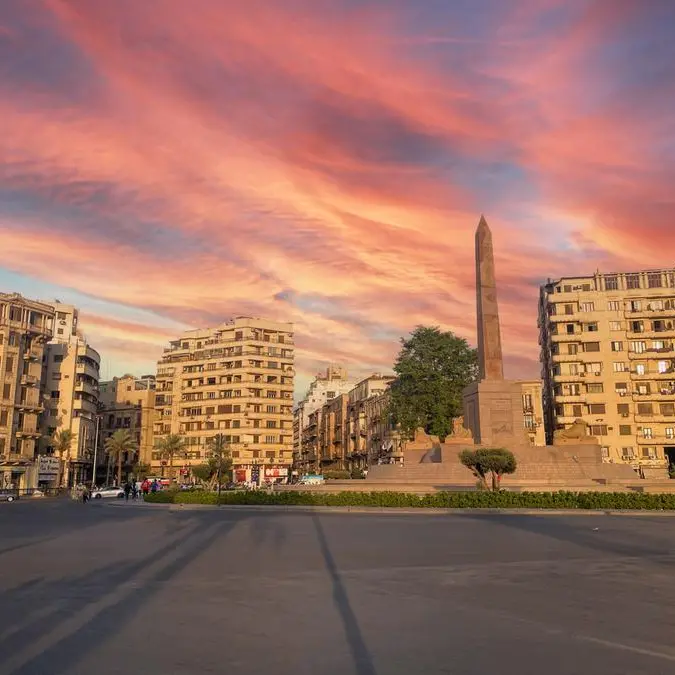PHOTO
Arab Gulf states are taking steps to expand economic ties with Latin America, a major exporter of food and commodities, but a dearth of free trade agreements between the two regions and onerous bureaucratic requirements are proving problematic.
Dubai in April opened a trade mission in Sao Paulo, Brazil’s largest city. This is the emirate’s eighth such office worldwide and the Gulf business hub is considering establishing another one in Argentina, Dubai Chamber of Commerce and Industry chairman Majid Saif Al Ghurair told Zawya in March.
“Today we are focusing on Latin America,” he said.
Although trading between the six members of the Gulf Cooperation Council (GCC) and Latin America has risen significantly in recent years, overall economic links between the two blocs remains low. Analysts blame this on bureaucracy and complicated tax systems in several Latin American countries.
Trade flow between the region and Latin America accounts for only 1 percent of the GCC’s total exports and 2 percent of its imports, according to a 2016 report by the Economist Intelligence Unit (EIU), which was commissioned by Dubai Chamber.
“The lack of ease of doing business in Latin America is a big obstacle,” said Hazem Galal, partner and global leader for cities and local government at PwC consultancy firm.
“Brazil, for example, has one of the most complex tax structures in the world… And there is bureaucracy. The Latin American countries are not very high on transparency indices and good governance indices… Also … there is corruption, a lot of obstacles that really turn off investors.”
The EIU estimates about 80 percent of the GCC’s domestically consumed food is imported and PwC’s Galal believes Latin America can fulfil a bigger share of this demand. While trade between the two blocs is low at present, it has almost tripled in the period from 2006 to 2015, he said.
“The relationship between the GCC and Latin America is a story of commodities,” said Galal, citing the drop in commodity prices as a further spur to expand trade links. He described Dubai’s opening of an office in Brazil in April as “a smart move”.
Brazil woes
Latin America’s economy shrank 0.7 percent in 2016, its worst economic performance since 2009, according to FocusEconomics, which provides economic analysis and forecasts for 127 countries in Africa, Asia, Europe and the Americas. Brazil was among the worst hit and is mired in its worst ever recession - the economy shrank 3.8 and 3.6 percent in 2015 and 2016 respectively, Reuters reported. However economists expect the Brazilian economy to gain some momentum this year. Karen Jones, chief executive of the Brazilian Trade and Investment Promotion Agency (Apex-Brasil), extolled the government’s new set of economic measures.
“The package of reforms being implemented by the current administration has already started to show results in terms of positive economic indicators,” said Jones. “There are many opportunities for UAE investors.”
She cited figures released from Brazil’s central bank showing the total amount of Brazilian investments in the UAE swelled from $11.2 million to $75.9 million from 2010-2015, while the UAE’s foreign direct investments into Brazil grew 46.7 percent from $191.9 million to $281.5 million during the same period of time.
Cane sugar and gold are Dubai’s top imports from Latin America. The emirate imported 1.9 billion dirhams ($517.3 million) of cane sugar from Brazil in 2015, according to the Dubai Chamber, and gold imports that year were worth 1 billion dirhams. Dubai’s gold imports from Mexico totalled 381 million dirhams in 2015.
The GCC sourced 36 percent of its sugar imports from Brazil in 2015, according to the EIU report. Sugar prices have fallen by about a third since October, data from Nasdaq shows.
Land, air links
Latin America’s agricultural exports grew 90 percent from 2006 to 2015, the EIU report estimated. This increase coincides with Middle Eastern investors increasingly buying agricultural land in Asia and South America, said Thanos Tsetsonis, an economist at Dubai bank Emirates NBD.
“Disputes over land ownership, bureaucracy and the risk of sudden droughts or food shortages… is leading many MENA investors to switch their interest from African to Asian and South American countries instead,” Thanos told Zawya by email.
Top officials from several GCC and Latin American countries have exchanged visits in attempts to boost ties between the two big trade blocs. In January 2016, Mexican president Enrique Peña Nieto toured the UAE, Saudi Arabia, Kuwait and Qatar, while Sheikh Tamim bin Hamad Al Thani, the Emir of Qatar, visited Argentina and Colombia last July.
Analysts welcomed these diplomatic initiatives, but warned they may achieve little without more palpable changes such as more trade agreements and additional direct flights between the regions. There are about seven daily direct routes to and from Latin America and the GCC, but Galal said more are needed. “They are going to be very profitable routes for GCC carriers,” he added.
Emirates NBD’s Thanos believes a free trade agreement between the two blocs will remain “elusive”, with several Latin countries’ having adopted protectionist policies in recent years.
In 2012, Brazil increased import taxes on several products and Argentina made it mandatory for importers to get a special approval from the federal tax agency before buying goods offshore, according to media reports.
“There is no free trade agreement between the two (blocs) and that is not good,” said PwC’s Galal.
“When you look even at the bilateral agreements that are in place, you have a couple between Mexico and Kuwait and another one between Mexico and Bahrain and a third one between Qatar and Costa Rica. That is nothing.”
As the world adjusts to the new era of U.S. President Donald Trump in the White House and his campaign promises to tear apart global trade deals and build a wall along the Mexican border, now could be the perfect time for Latin America to look further afield to win more trade deals. At the same time, the GCC region is more than ready to engage with new markets, as long as some of the barriers to entry can be overcome.
© Zawya 2017












